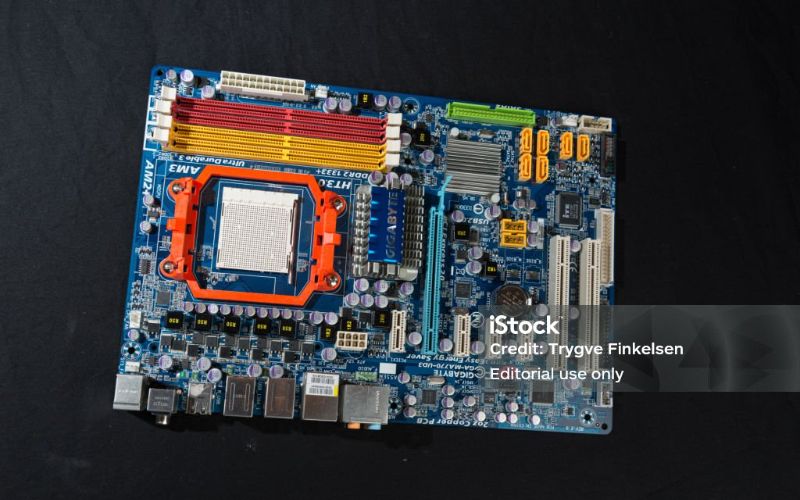Introduction to Vapor Chambers
Vapor chambers are essential components in cooling systems for various electronic devices. They are designed to efficiently spread heat, thus preventing overheating and ensuring optimal performance.
The Role of Thickness
The thickness of a vapor chamber plays a crucial role in its heat dissipation capabilities. A thicker vapor chamber allows for better heat absorption and dispersion, resulting in more effective cooling of the electronic device.
Standard Thickness Range
Typically, vapor chambers come in various thicknesses ranging from 2mm to 5mm. The choice of thickness depends on the specific requirements of the electronic device and the heat generation of its components.
Impact on Heat Transfer
The thickness of a vapor chamber directly affects its heat transfer efficiency. A thicker vapor chamber can absorb and transfer heat more effectively, leading to improved cooling performance.
Considerations for Thinner Vapor Chambers
While thinner vapor chambers may be lighter and more cost-effective, they may not offer the same level of heat dissipation as thicker ones. It is important to balance the thickness with the cooling requirements of the electronic device.
Benefits of Thicker Vapor Chambers
Thicker vapor chambers have the advantage of providing enhanced heat spreading capabilities, making them ideal for high-performance electronic devices that generate a significant amount of heat.
Application in Gaming Laptops
Gaming laptops, known for their intensive graphics and processing requirements, often utilize thicker vapor chambers to ensure efficient cooling during extended gaming sessions.
Comparison with Heat Pipes
Vapor chambers are often compared with heat pipes, another cooling technology. While heat pipes are effective, vapor chambers offer superior heat transfer capabilities due to their larger surface area and thickness.
Future Trends in Vapor Chamber Design
As electronic devices continue to evolve and become more powerful, the demand for thinner yet efficient vapor chambers is on the rise. Manufacturers are exploring new materials and designs to meet these evolving requirements.
Conclusion
In conclusion, the thickness of a vapor chamber plays a critical role in its heat dissipation capabilities. It is essential to consider the specific cooling requirements of electronic devices when choosing the appropriate thickness for optimal performance.
Quote Inquiry
Contact us!

